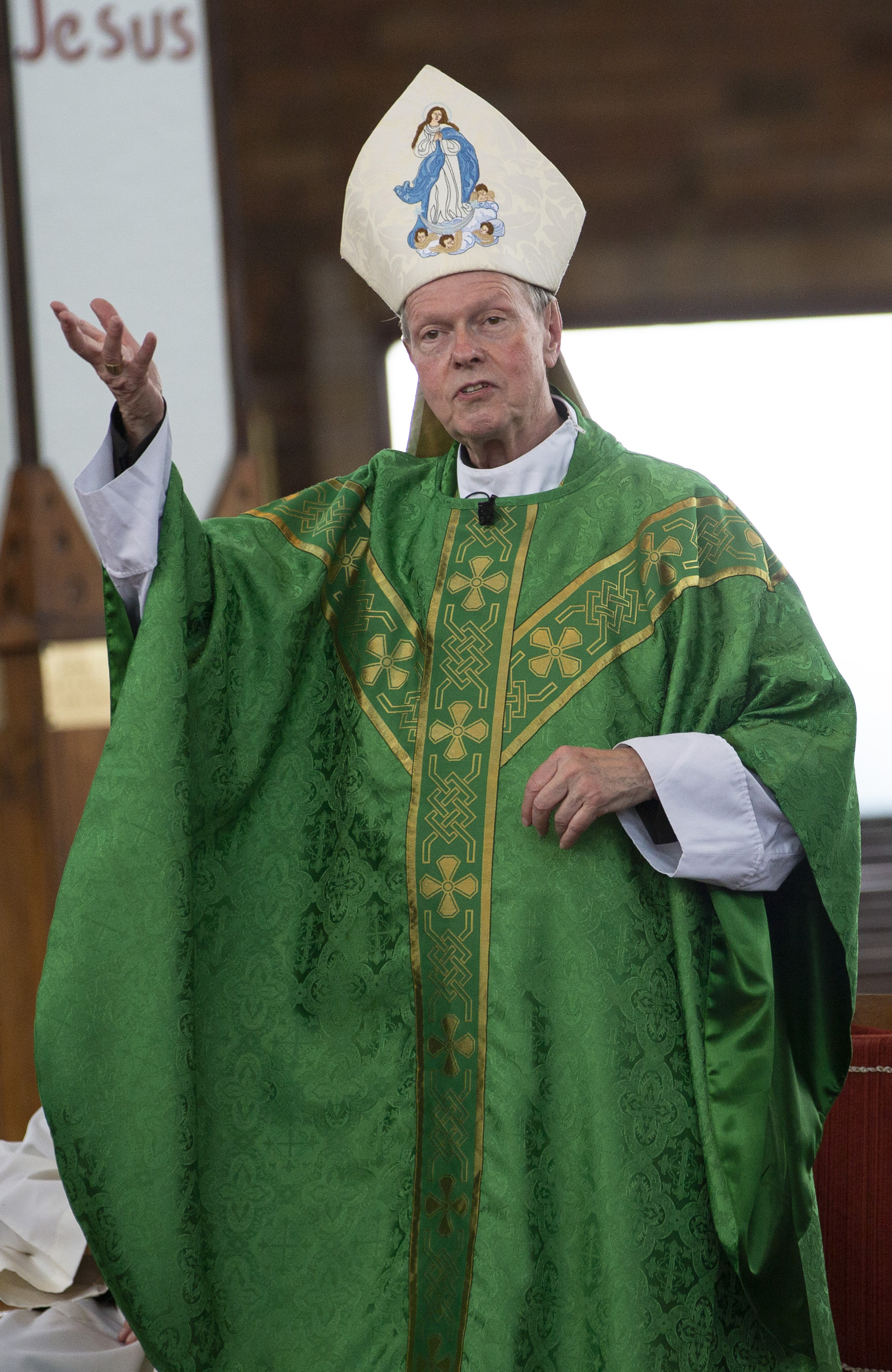July 31, 2018 at 6:50 p.m.
HELDERBERG HISTORY
‘People may have thought me strange:’ New book traces life of female doctor
In 1905, six-year-old Anna Ward Perkins, who was raised amid privilege in Newport, R.I., made her society debut in Boston. As a newspaper account revealed, she “wore a becoming gown of pale yellow and violet silk.”
As her youth continued, she quickly became accustomed to being “presented at a tea,” wearing “a russet gown in shades of brown, red and yellow” as a bridal attendant, and coming out as a debutante draped in silk.
The Catholic girl who was born in 1899 could trace her lineage to Benjamin Franklin and Charles Carroll, but it seemed that Perkins was born to do little more than spend money on finery and fetes. Then she made a major shift in her life as she grew and decided to become a physician at a time when very few women were doctors.
Her glamour gowns were replaced by surgical gowns, and her fancy furs were supplanted by plain coats for traveling around Rensselaerville in southern Albany County, where she cared for residents for 65 years.
In her obituary in 1993, The New York Times reported that she had charged the same fees for more than quarter of a century: $4 for an office visit and $5 for a home visit.
Biography out
Such a fascinating woman merits a biography, and one has just been published: “A Good and Noble Thing: The Pioneering Life and Service of Anna Ward Perkins, MD.” Gerard Finin, the author, is not only a native of Rensselaerville, but also a former patient of the physician.
Mr. Finin told The Evangelist that he chose to research and write the book because “there was a generation of young people who had no knowledge of who Dr. Perkins was or what she meant to generations. Second, I realized that many of those who knew her best were fast passing from the scene. I wanted to make sure that her accomplishments were documented and recognized.”
He went into his research “hoping to find a large trunk of letters that would allow me to use more of Dr. Perkins’ own words.”
While that didn’t happen, he did discover 60-some letters she wrote during the First World War to her grandparents in Boston. “These were all put to good use,” the author said.
Amid the Helderbergs
What led the physician from Boston to rural Albany County “involved several considerations,” the author continued. “She wanted to go to a place where she was needed, and the Helderberg Mountains very much needed physicians.
“Her love of nature also influenced her decision. She found some of the writings of Thoreau and Emerson consistent with her own thinking. It only took one visit to appreciate the beauty and majesty of Rensselaerville, Westerlo and the surrounding area. Together, this convinced Dr. Perkins that she had found the best place in the entire world to establish her practice.”
The fact that she was a woman didn’t make her hesitate. “People may have thought me strange,” she said, “but they had to accept me. There was no doctor here.”
Part of Mr. Finin’s research into her life included mining his own memories. As someone who knew Dr. Perkins, the author described her manner as “always kind, but direct. When she came for a house call, she never spoke down to me or to any of my siblings. Her approach in speaking with all younger patients was to assume that they were mature and already well on the way to adulthood. She always made me feel that I had received the best care possible.”
‘Religious devotion’
In his book, Mr. Finin remarks on “the intensity of Anna’s religious devotion” at Mass at her parish, St. John’s in Greenville.
“From the moment she walked through the church doors,” he writes, “she seemed totally absorbed in a world of her own during this private time.”
He adds that “I came to the conclusion, as did many others, that her strong Catholic faith played a large role in guiding her toward a life of giving and generosity.”
Also quoted in the book is Rev. Christopher DeGiovine, a priest of the Albany Diocese who is currently pastor of St. Matthew’s parish in Voorheesville.
Father DeGiovine recounts a time when he thanked Dr. Perkins for helping so many people. She replied, “I heal the body. What you do is much more important. You heal the soul.”
“Dr. Perkins’ bedrock Catholic spirituality was largely responsible for the life of service that she lived,” Mr. Finin said.
As for those letters written by the doctor herself that Mr. Finin had dreamed of finding, the author admitted, “If such a trunk of correspondence is ever discovered, I’ll certainly be tempted to write another volume!”
MORE NEWS STORIES
- Pope to Ukrainian Greek Catholics: ‘God will have the last word,’ ‘life will conquer death’
- ‘We are in this together’: Recent Supreme Court rulings support parents in their vocation
- Idaho Catholics unite in prayer for firefighters killed in sniper ambush
- Longtime head of Polish Catholic news agency resigns, as bishops seek tighter control
- ‘Revival Worship’ brings the fire of the National Eucharistic Congress into playlists
- US archbishops reflect on importance of fostering unity
- Slain Minnesota lawmaker, husband remembered for lives lived ‘with purpose, meaning’
- ANALYSIS: ‘Big Beautiful Bill’ trillion-dollar increases to US debt to hit poor hardest
- Archbishops must promote unity, seek new ways to share Gospel, pope says
- Experts: Catholic media witness to truth, Gospel and are at ‘kairos moment’ in church











Comments:
You must login to comment.